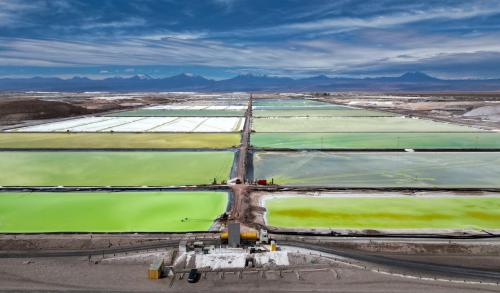Editor’s note: The following is an abstract for Megan Bradley and Roberta Cohen’s chapter in Disentangling Migration and Climate Change: Methodologies, Political Discourses and Human Rights, published May 15, 2013.
Natural disasters have become a primary cause of forced migration, and the effects of climate change are expected to further intensify such disasters in upcoming decades and accelerate displacement rates. Yet the conceptual, normative and organizational frameworks underpinning human rights protection for environmentally displaced persons remain under-developed. This chapter examines the need for human rights protection for environmental migrants; the challenges to providing this protection; and potential responses.
While most persons uprooted by environmental disasters will remain within their own countries, entitled to the protections set out in the Guiding Principles on Internal Displacement, there is a need for greater clarity regarding the status and protection needs of those displaced by ‘slow-onset’ disasters. But the largest protection gap pertains to environmentally displaced persons who cross international borders. Strengthening protection for those displaced by the effects of climate change must include clarifying and expanding normative and organizational frameworks; crafting comprehensive national protection policies; raising awareness to human rights protection; and pioneering more effective approaches for dealing with states that fail to protect their citizens.




